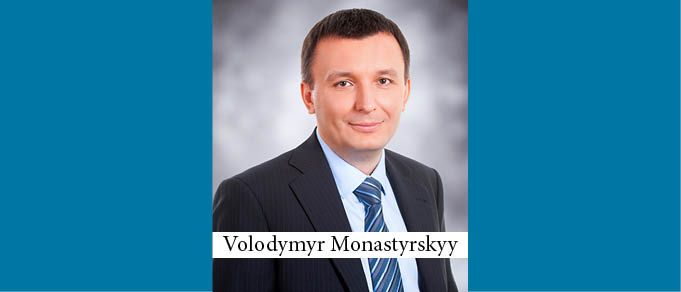The growth of agribusiness production in recent years requires a proportional increase in port facilities and transportation infrastructure. The necessary investments are impeded, however, by an outdated legislative framework.
Leases, servitudes, and joint ventures have not been considered worthwhile for integral development of ports, and concession agreements have not been utilized due to gaps in applicable legislation, including an opaque mechanism for repaying investments, unclear compensation, and a lack of guarantees. New concession legislation is under development and is expected to be adopted by the end of this year.
In evaluating among potential investors (such as port operators, cargo owners, cargo lines, and institutional investors), the state tends to give preference to port operators, as – because their profit is directly tied to effective asset management – they have extra incentive to manage the port efficiently.
A potential investor may also encounter other problems when constructing and operating a port facility.
The designation of land plot must be correct before the construction is initiated; otherwise, the construction risks being ruled illegal.
Under the Law of Ukraine on Regulation of City-Building Activities a municipality may establish an infrastructure contribution of up to 10% of the construction project’s value. This contribution – a form of tax which may only be used for developing infrastructure – exists only in a few countries, and it actively impedes the slowly improving investment attractiveness of Ukraine. Draft legislation abolishing the infrastructure contribution was prepared but has been tabled for the time being. At present, the best way to avoid payment of the contribution is to make sure that the relevant construction project is assigned a class number under State Classifier of Buildings and Structures which does not require payment of contribution: for example, class 21 “Engineering facilities, Transport facilities,” with subclass 21.51.1, “Marine port facilities.” Notably, the class number should be assigned before the construction project is approved, as not all projects (e.g., a processing plant) qualify for contribution-exempt class numbers.
Dredging projects are not being carried out in port water areas to match berth depths with those stipulated in port passports; this affects the ability of high capacity vessels to enter Ukrainian ports. These works cannot be conducted for private money because relevant legislation does not provide an investment repayment mechanism.
At present, the following state port fees are levied by the Authority of Seaports of Ukraine: A vessel fee, berthage fee, canal toll, lighthouse fee, administrative fee, and sanitary fee. Such fees in most instances are higher than in the ports of neighboring countries. Additional fees to be paid include special services fees (for pilot service and vessel traffic service) and other payments (such as towing, port information fee, and port captain fee). While vessel, towing, pilot, sanitary and, to some extent canal fees are standard worldwide, the other fees and payments are not customary.
The Government developed new procedures to calculate state port fees in an attempt to decrease them by at least 30%. But achieving this goal requires a simultaneous lowering of dividend rates payable by the Authority of Seaports to the budget from the current 75% to 50%; this is a hard task for the Government because dividends are used to cover various state expenses.
The Law of Ukraine on Marine Ports allows for the operation of sea ports through competition among port operators (stevedores). This resulted in a drop in grain port transshipment costs from USD 17-18 to USD 11-13 per ton. An increase in port transshipment capacity has revealed other transportation problems: (i) low railroad carrying capacities (i.e., a lack of grain cars, an insufficient number of locomotives, and a rate of cargo delivery that is much lower than the contractual one); (ii) restricted truck carrying capabilities (i.e., high costs, axial load limits, and port entrance fares), (iii) under-developed river shipping (urgent need for dredging operations, locking operations fees, pilot services, bridge raises, and lack of barges). According to experts, the costs of transportation of grain from producers to ports in Ukraine is 40% higher than in France and Germany and 30% higher than in the USA.
The Government and the market must understand that a decrease in port fees or improvement in concession legislation will not necessarily result in a pro rata increase of cargo traffic through ports. Although cargo traffic is indeed sensitive to port fees and legislation, it nevertheless is dependent primarily on the overall economic situation in the country and on whether ports and the entire transport infrastructure is made part of greater logistic networks.
By Volodymyr Monastyrskyy, Partner, Dentons, Ukraine
This Article was originally published in Issue 4.9 of the CEE Legal Matters Magazine. If you would like to receive a hard copy of the magazine, you can subscribe here.


